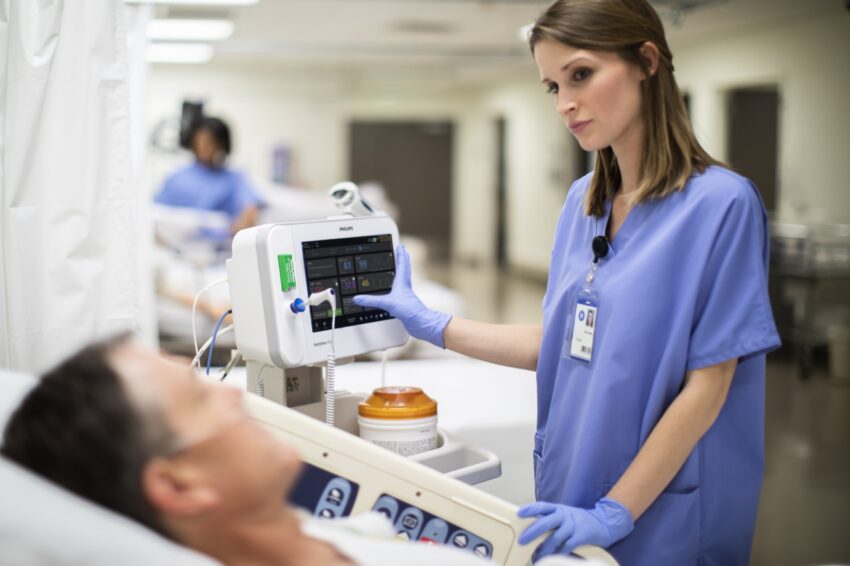Non-invasive biosensors are devices used for continuously monitoring physiological signals and parameters such as glucose levels, blood pressure, cardiac activity etc. without drawing blood or causing any harm to the patient’s body. These biosensors play a vital role in remote patient monitoring solutions which allow healthcare providers to remotely record and track patient health data. This is significantly improving patient outcomes while reducing healthcare costs. With growing geriatric population suffering from chronic illnesses, demand for remote patient monitoring solutions is increasing rapidly.
The global non-invasive biosensors market is estimated to be valued at US$ 29.84 billion in 2023 and is expected to exhibit a CAGR of 5.5% over the forecast period 2023 to 2030, as highlighted in a new report published by Coherent Market Insights.
Market Dynamics:
Growing demand for remote patient monitoring and flourishing telehealth services are the major growth drivers of the non-invasive biosensors market. Remote patient monitoring allows healthcare providers to monitor patients regularly without hospital visits through wireless transmission of biometric data. This is improving access and quality of care while reducing costs. The COVID-19 pandemic accelerated the adoption of remote patient monitoring as it allowed patients to be monitored safely from their homes. Furthermore, increasing incidence of chronic diseases such as diabetes, cardiac disorders is also fueling the demand for non-invasive biosensors as they help in continuous monitoring of disease parameters. Rapid technological advancements are enabling development of miniaturized, wireless and wearable biosensors that can conveniently track multiple physiological signals non-invasively.
Segment Analysis
The non-invasive biosensors market is dominated by medical device segment, holding around 60% share. This is due to growing applications of non-invasive biosensors in monitoring blood glucose level, heart rate, blood pressure, and other vital body parameters. The on-body wearable segment is expected to witness highest growth during the forecast period. This is because wearable devices offer ease of use and continuous monitoring capabilities without cumbersome wires or devices.
PEST Analysis
Political: Governments across regions have implemented favourable regulations to encourage innovation and adoption of affordable healthcare monitoring devices. This is propelling growth of non-invasive biosensors market.
Economic: Rising per capita incomes and growing healthcare spending is enabling people to spend more on advanced healthcare monitoring devices for improved care. This is driving market growth.
Social: Growing awareness about health and fitness is encouraging adoption of non-invasive wearable biosensors for round-the-clock health monitoring. Changing lifestyles necessitate easy-to-use monitoring devices.
Technological: Continuous innovation in miniaturization, sensor technologies and wireless connectivity is resulting in development of next-gen wearable and connected biosensors. This is expanding applications in new areas.
Key Takeaways
The Global Non-Invasive Biosensors Market Growth is expected to witness high during the forecast period.
Regional analysis indicates North America is the fastest growing regional market. This is attributed to established healthcare infrastructure, rise in lifestyle disease prevalence, technology advancements and presence of leading players in the region.
Key players analysis: Key players operating in the non-invasive biosensors market are Thermax Limited, Armstrong International Inc., Stork Thermeq B.V., Alfa Laval AB, and Kelvion Holding GmbH. Thermax Limited and Armstrong International Inc. together hold around 30% market share due to their diverse product portfolio and global presence.
*Note:
1. Source: Coherent Market Insights, Public sources, Desk research
2. We have leveraged AI tools to mine information and compile it

